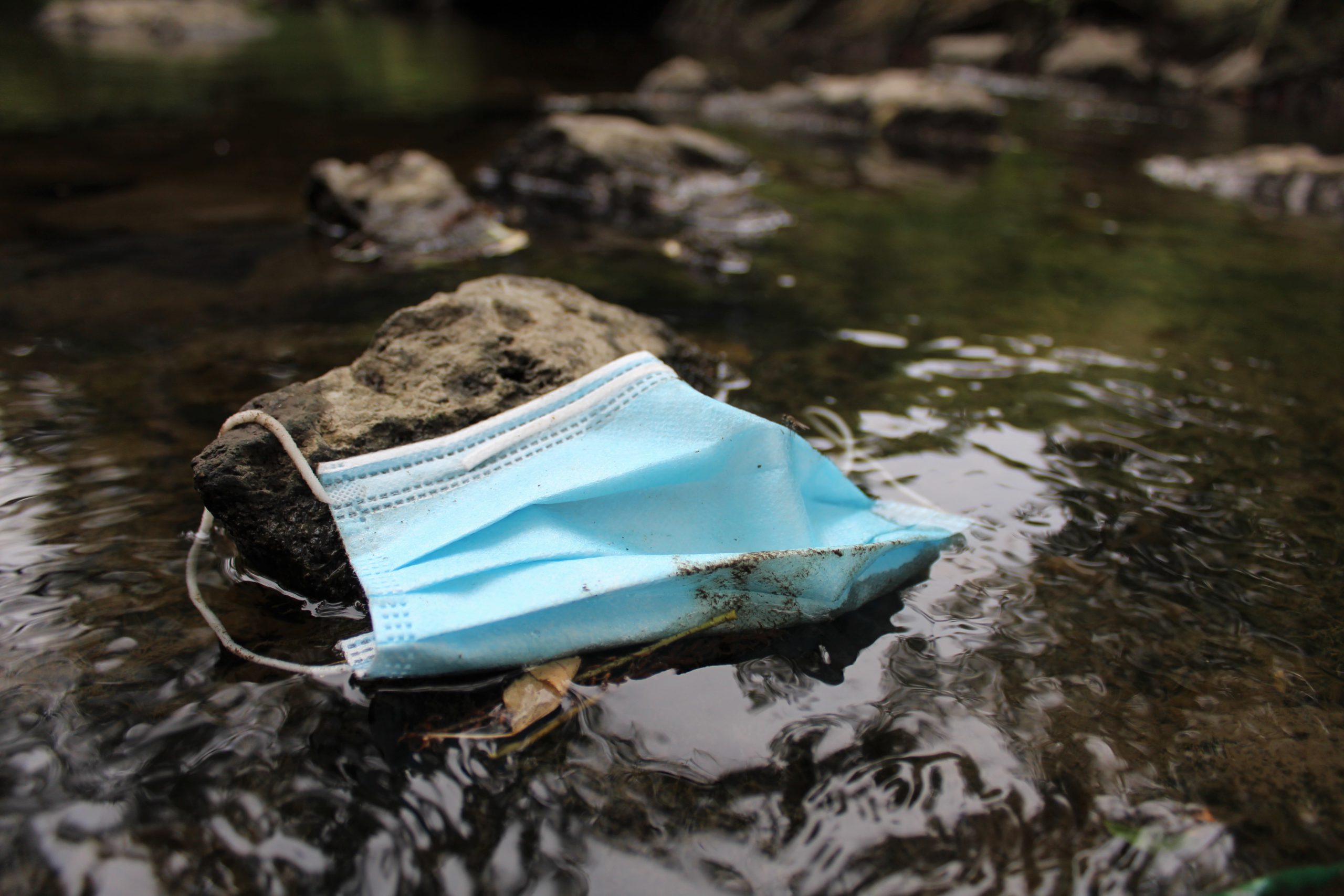The annual Great Canadian Shoreline Cleanup’s (GCSC) 2020 report has revealed an increase in single-use plastic food and beverage litter found on Canadian coasts — nearly doubling the amount recorded in 2019. Single-use food plastic takes up 26.6 per cent of all waste collected in this year’s program, while it only made up 15.3 per cent of the 2019 report.
Many experts are now suggesting that COVID-19 may be one of the culprits in these rising numbers.
Kate Landry, World Wildlife Fund-Canada’s (WWF) senior manager of community action, hints to this and acknowledges that while the origins of litter cannot be traced, this increase in food related waste may be linked to people “ordering takeout and consuming more individually packaged food” this past year.
Dr. Calvin Lakhan, co-investigator of Waste Wiki for the Faculty of Environmental and Urban Change, explains that while it’s difficult to note whether the rise in litter rates was to be expected following the pandemic, it ultimately “isn’t surprising.”
“Anybody who has worked in the waste sector has seen a significant increase in the volume of single-use plastic packaging during the pandemic — from personal protective equipment (masks, gloves etc.) to packaged food products, single-use plastics has played a vital role in promoting public safety (or in the case of food packaging, the perception of safety),” he says.
Unsurprisingly, the rates of personal protective equipment (PPE) litter washing up on shores has increased dramatically throughout the pandemic. According to Rochelle Byrne, executive director and founder of A Greener Future, PPE litter collected by volunteers within their Love Your Lake program stationed around Lake Ontario increased by 635 per cent in the past year alone.
“The majority of PPE is made of plastic, which means it will be around for hundreds of years,” explains Byrne. “My biggest concern is all of this waste breaking down into microplastics that can contaminate our water and air. We don’t completely understand the health effects yet.”
Landry explains that these microplastics, created from plastic litter breaking into smaller pieces in the water, are “next to impossible” to remove, posing a detrimental threat to the wildlife that depends on that ecosystem.
The threat of microplastics in water is at an all-time high in Ontario, as Landry refers to a study into the Great Lakes and the Ottawa River that revealed “a higher density of microplastics than in our oceans.”
“In urban areas, where a shift to disposable PPE was first recommended, it was not surprising that these new items are now being found in abundance in the environment,” says Dr. Trevor VandenBoer, assistant professor in the department of chemistry.
Just last year, Canada announced the banning of certain single-use plastics, including food and beverage containers, that were to be phased out by the end of 2021. But in Lakhan’s own words, “the pandemic showed us that not all plastics are created equal.”
“In some of the research that I have done, attitudes towards plastics in a post-COVID-19 world are actually much more favourable among consumers, and I think that people are beginning to understand that the conversation surrounding plastics is not black and white.”
Lakhan continues on to say that while certain plastics do pose significant harm, they can also “promote sustainable outcomes.”
The annual shoreline cleanup removed over 40,000 kilograms of waste from Canadian waters, with the largest sum of specific waste reported being cigarette butts, followed by tiny plastics, and food related waste. While the 2020 report did not feature a category for PPE collected, one will be included for 2021.
“This is a situation that is new to us in our current circumstances, which means there is a lot to learn,” says Byrne, citing reusable mask material and opportunities for recycling PPE as an environmentally conscious way of moving forward in the pandemic.
VanderBoer adds that shifting to reusable mask products “can help people protect themselves and the environment” from added plastic waste from one-use PPE.
Landry also urges Excalibur readers to look into local shoreline cleanups, noting that the pandemic limited how many volunteers were able to participate this past year so “now we have a lot of catching up to do.”



Great article and having always been concerned as an avid fisherman . Remarkable how simple we can mitigate this issue with awareness.
I continue to do my part in regards to this issue and this year going to approach our union to promote a day and Map out some concentrated areas in our region.
Little planning and little effort can be rewarding for all of us.
Feel free to visit my example as it was necessary to address.
https://youtu.be/6C_Ywrup_f0?feature=shared